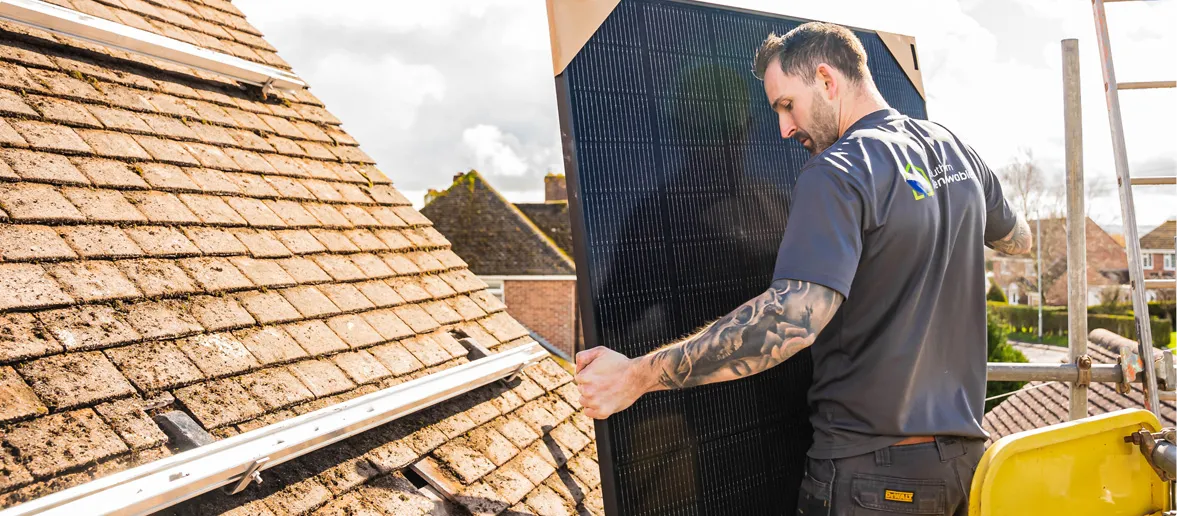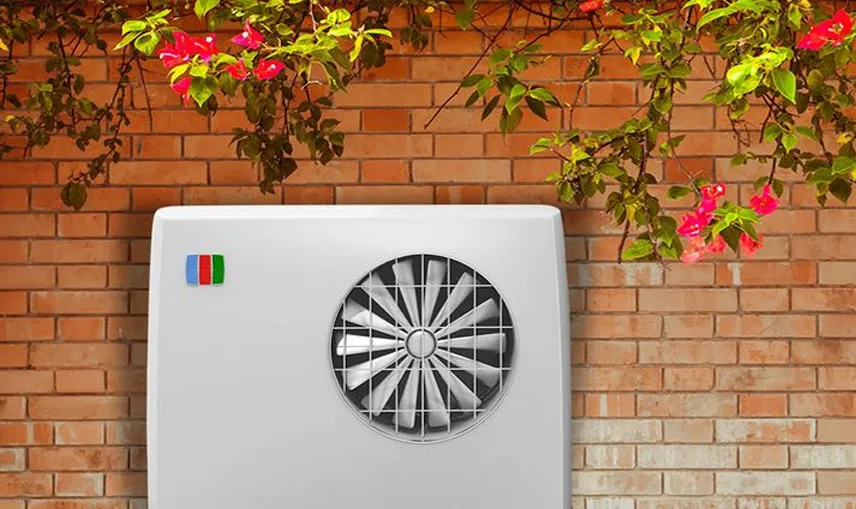3.6-5-8-10KW inverters and what they provide

A 3.6kW solar PV system can power a variety of appliances and devices. It is capable of supporting numerous energy-efficient LED lights, small to medium-sized electronics like televisions and computers, and smaller kitchen appliances such as blenders, toasters, dishwashers, tumble dryers and washing machines to name a few. While it may not be sufficient for larger items such as, ASHP, electric showers, induction hobs etc., it can contribute to reducing energy consumption. Overall, a 3.6kW solar PV system can significantly lower your reliance on grid electricity and reduce electricity bills while providing power for lighting, electronics, and smaller appliances. In the UK, a 3.6kW solar array typically generates around 3,000 to 3,600 kilowatt-hours (kWh) of electricity per year and can be connected to the grid with a G98 notification.
A 5kW solar PV system offers even greater capacity and can power a wider range of appliances and devices. With its higher power output, a 5kW system can easily handle a larger number of energy-efficient LED lights, support medium-sized electronics such as televisions and computers, and operate various kitchen appliances like blenders, toasters, microwave, ovens, washing machines and tumble dryers to name a few. With a 5kW solar PV system, you can significantly lower your reliance on grid electricity, reduce electricity bills, and enjoy reliable power for lighting, electronics, and numerous household appliances throughout your home or office. A 5kW solar array in the UK produces approximately 4,000 to 4,800 kWh of electricity per year and requires DNO approval prior to installation.
An 8kW solar PV system offers a substantial power output, making it capable of powering a wide range of appliances and devices. With its higher capacity, an 8kW system can power numerous household items with heavy dependence on electricity. Such items include ASHP, car charger, induction hob and much more. While it may not be sufficient to power more than one high-powered item at the same time, it can still heavily contribute to reducing energy consumption when used alongside energy-efficient devices. With an 8kW solar PV system, you can significantly reduce your dependence on grid electricity, lower your electricity bills, and enjoy reliable power for lighting, electronics, and appliances throughout your home or office. An 8kW solar array in the UK has an average annual electricity production range of around 6,400 to 7,680 kWh which is huge when you consider the average household usage. Like the 5KW system, you require DNO approval prior to installation.
A 10kW solar PV system provides a high-capacity power output, enabling it to effectively power a wide array of appliances and devices. With its substantial capacity, a 10kW system can effortlessly support your household electricity consumption while also powering items such as an ASHP, electric car charger and much more. By installing a 10kW solar PV system, you can significantly decrease your reliance on grid electricity, achieve substantial savings on your electricity bills, and enjoy a reliable power supply for your household. In the UK, a 10kW solar array typically generates approximately 8,000 to 9,600 kWh of electricity per year and like the 5 and 8KW systems you require DNO approval prior to installation.
The above systems are all single phase but three-phase systems are available. There are also larger systems available but the above 4 options are most common and will satisfy most properties. The above yearly generation figures are rough estimates and can vary based on specific location and other variables. Seasonal changes, variations in sunlight, and regional differences can also affect the monthly and yearly electricity production of a solar array in the UK. For a more precise evaluation of electricity generation for a particular UK location and system, it is advisable to consult a professional solar installer or use solar energy modelling tools specifically calibrated for UK conditions. It's important to note that the actual power usage of appliances can vary, so it's recommended to check the wattage ratings or consult an energy professional to accurately assess the energy requirements of specific devices and appliances to estimate what a certain sized PV array can power. When you have a fully functioning solar array you can monitor your usage on the free-of-charge mobile phone app. I personally find the app very helpful to monitor my usage and it also helps me get the most out of my PV system.



